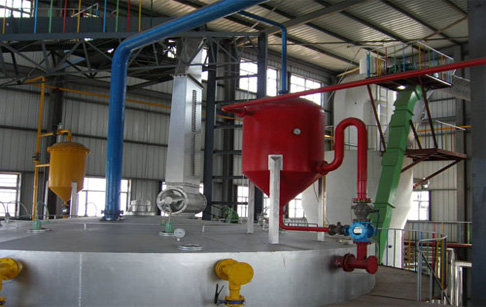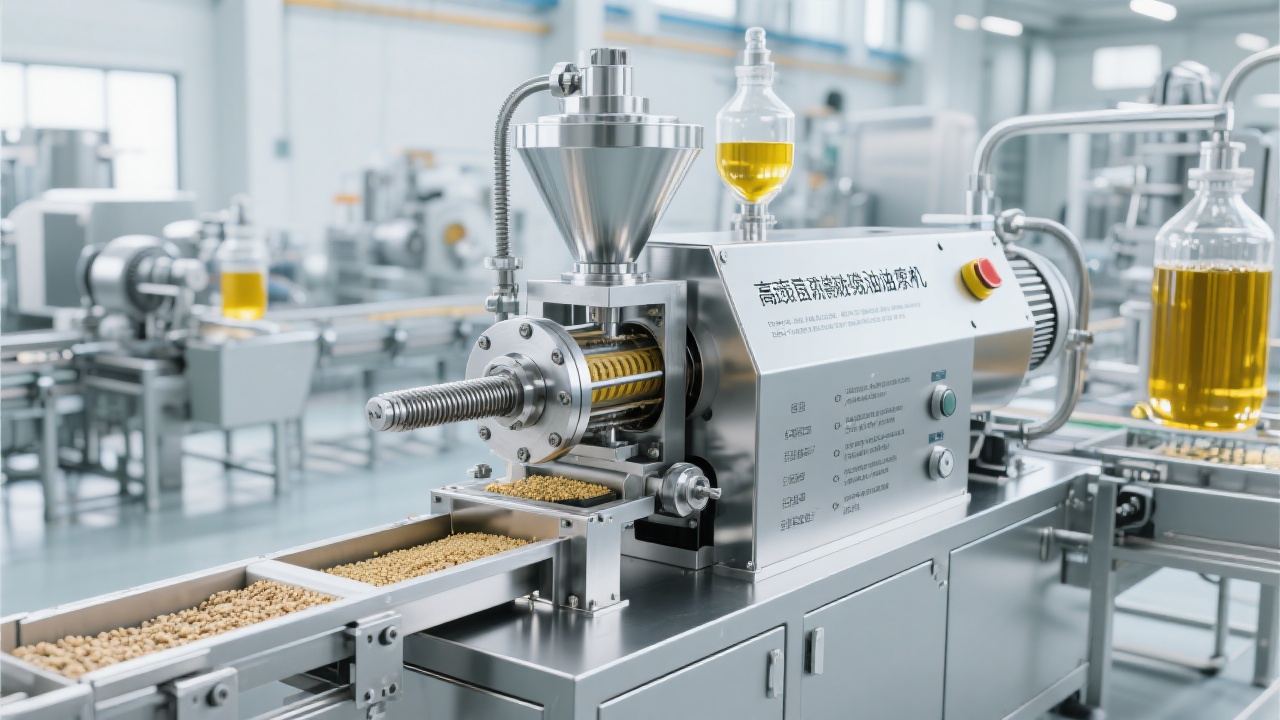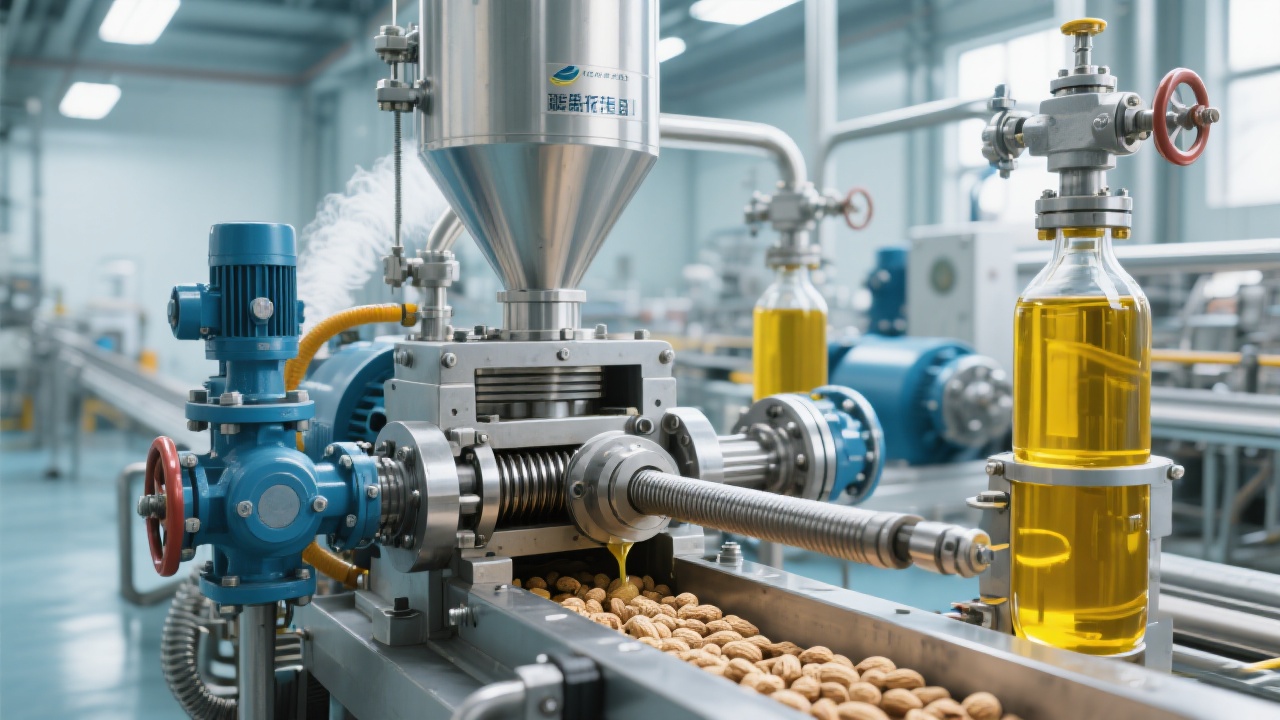
This article delves into the full - process of sunflower oil pressing, offering in - depth insights from cleaning to filtration. It provides practical guidance for oil processing professionals, aiming to enhance efficiency and achieve green and efficient production.
The sunflower oil pressing process mainly consists of four core steps: cleaning, shelling, pressing, and filtering. Each step is crucial for the final quality and quantity of the sunflower oil.

Cleaning is the first step to remove impurities such as soil, stones, and debris from sunflower seeds. Advanced cleaning equipment can ensure that the purity of the seeds reaches over 98%. This not only improves the quality of the final oil but also protects the subsequent processing equipment from damage.
After cleaning, the sunflower seeds need to be shelled. Modern shelling machines can achieve a shelling rate of up to 95%. Removing the shells can increase the oil yield and improve the quality of the oil, as the shells contain substances that may affect the taste and stability of the oil.
Pressing is the key step in obtaining sunflower oil. By using advanced screw presses and optimized pressing parameters, the oil yield can be increased to over 50%. For example, adjusting the pressing temperature, pressure, and speed can significantly affect the oil yield. In addition, the application of new - type pressing machines can also reduce energy consumption by 30%.
Finally, the crude oil obtained from pressing needs to be filtered to remove impurities and obtain pure sunflower oil. High - precision filtration equipment can ensure that the clarity of the oil meets the market requirements.
In each step of the sunflower oil pressing process, there have been significant technological advancements. For example, in the cleaning process, the use of advanced sensors and sorting systems can improve the cleaning efficiency. In the pressing process, the application of intelligent control systems can optimize the pressing parameters in real - time.
Common problems in each step, such as low shelling rate, low oil yield, and high energy consumption, can be solved through equipment upgrading and process adjustment. For instance, replacing old - fashioned shelling machines with new ones can improve the shelling rate, and upgrading the pressing equipment can increase the oil yield and reduce energy consumption.
There are significant differences in equipment selection and parameter settings between small, medium, and large - scale sunflower oil processing factories. Small - scale factories usually focus on cost - effectiveness and flexibility, while large - scale factories emphasize high - efficiency and automation.
| Factory Scale | Equipment Selection | Parameter Settings |
|---|---|---|
| Small - scale | Simple and cost - effective equipment | Lower pressing pressure and temperature |
| Medium - scale | Semi - automated equipment | Moderate pressing pressure and temperature |
| Large - scale | Fully automated and high - efficiency equipment | Higher pressing pressure and temperature |

In actual production cases, through equipment upgrading and process optimization, the oil yield has been significantly increased, and energy consumption has been effectively reduced. For example, a medium - scale factory increased its oil yield from 40% to 52% and reduced energy consumption by 35% after upgrading its pressing equipment and adjusting the process parameters.
To achieve energy - saving and cost - control, several practical strategies can be adopted. Firstly, selecting energy - efficient equipment can reduce energy consumption. Secondly, regular equipment maintenance can ensure the stable operation of the equipment and reduce maintenance costs. Thirdly, optimizing the production process can also improve production efficiency and reduce energy waste.
The degree of automation has a significant impact on the efficiency and quality of sunflower oil production. Automated production lines can reduce human errors, improve production efficiency, and ensure the stability of product quality. For example, automated cleaning and pressing equipment can operate more accurately and stably than manual operations.
Based on the above analysis, it is recommended that oil processing professionals choose the appropriate equipment type according to their production scale and requirements. To learn about the automation level suitable for you or obtain a customized pressing solution, please click here.


